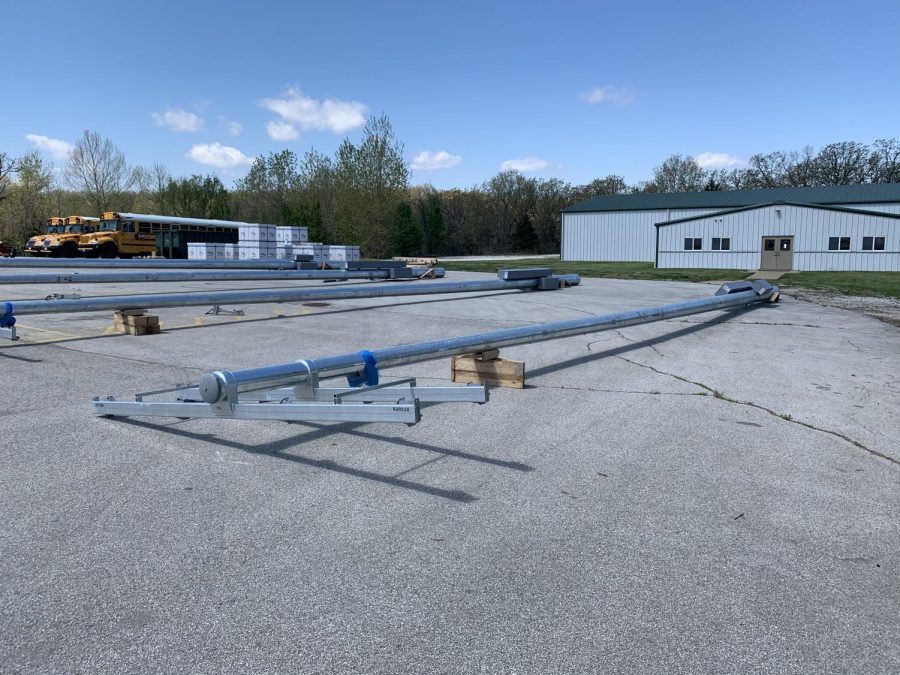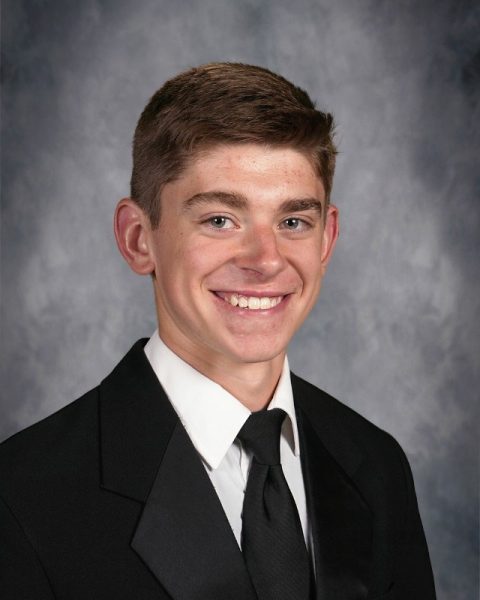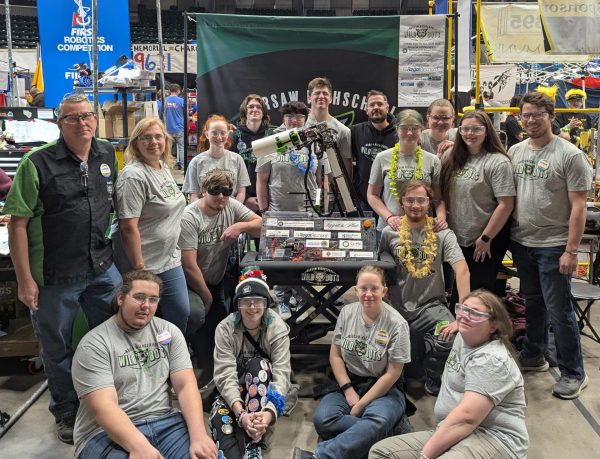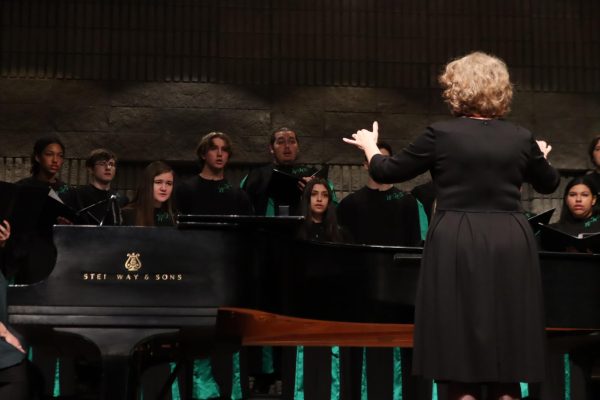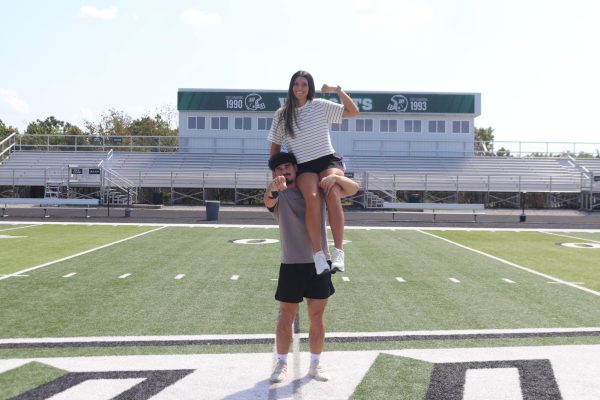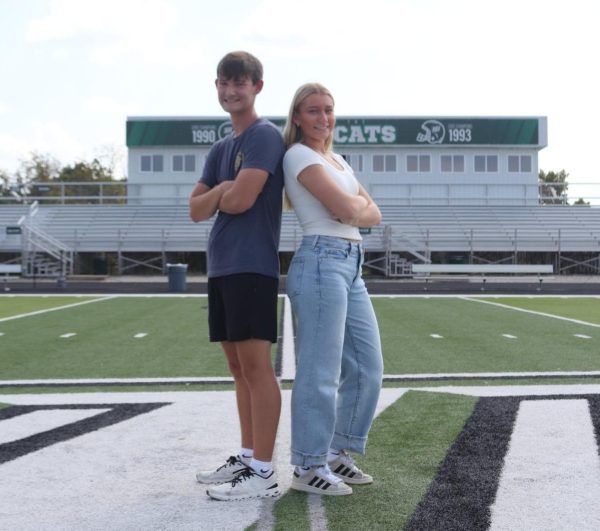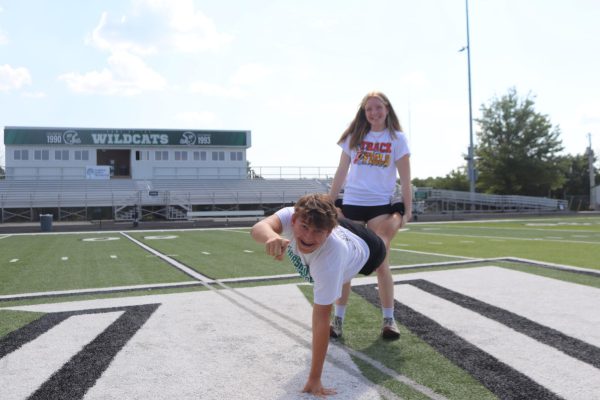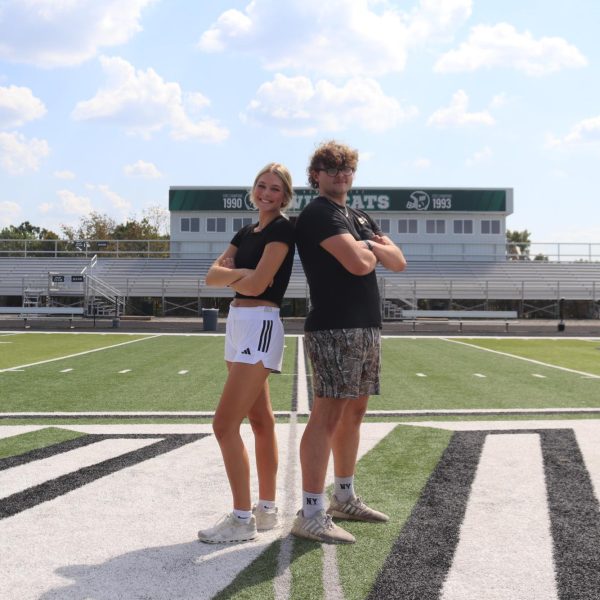School closure doesn’t slow down Prop S building improvements
Warsaw High school, a place of tradition, pride, and excellence is in a state of disrepair that could be called anything but excellent. The infrastructure of the school has definitely become a noticeable problem in the district and it’s hard for students not to notice the leaking ceiling in the junior hallway, the drastically different temperatures from room to room or the damaging potholes in the parking lot.
“I have seen issues with the ceiling leak near Mrs. Adler’s classroom,” student body treasurer senior Jessica Dwyer said, “the leak could cause that area of the ceiling to fall down, I can already see a fray from the top of the tile. This could be problematic if it were to fall onto a student or if it spreads to the surrounding areas, causing more damage. The track is dangerous to run on, causing shin splints and other physical problems. The potholes could add stress to car tires, possibly even hurting the car.”
Construction to fix these infrastructural issues in the district was initially planned to begin in the summer, however, with the suspension of school due to COVID-19, the construction on the buildings has not been hindered and they are, in fact, ahead of schedule as LED lighting and outdoor lighting replacements have already begun. Students will see major improvements when they return to school in the fall as construction and repairs are made thanks to the Proposition S bond.
In April 2019, Proposition S was passed with a 72 percent majority vote. Prop. S is a general obligation bond that will provide the district up to $6 million, by maintaining the tax level instead of lowering it, to improve infrastructural issues that are found mainly in the high school and middle school.
“We are using Prop S to improve the school’s roofs, HVAC systems, indoor and outdoor lighting, repair parking lots, tear down and build a new track, install new light poles, among other things,” superintendent Dr. Shawn Poyser said. “Repairs [to the schools] are so important for obvious reasons. Nothing, or very little, has been done here in many years and, like anything, the longer you wait the more issues and the higher the costs to repair. ”
Bidding for the majority of the projects has begun and construction is scheduled to start on May 18 for most of them. One of the largest issues to be addressed, besides repairing the roof and HVAC system, is the replacement of the asphalt track. A bid from PCC Sports was accepted to replace the track, construction was planned to begin on April 15.
A new track would be a much more appealing surface to accommodate the people that use it.
“Our [track] is asphalt with cracks, we haven’t been able to have a track meet here for over ten years so that will be very beneficial, not just to our athletes, but people in the community who come out and use it,” athletic director Ryan Boyer said. “It will be an all around good thing.”
The light poles on the field will also be replaced with metal poles and LED lighting by All Purpose Erectors. The lighting inside the buildings will be replaced by Meyer Electric, who will also be replacing the fire alarms.
“Meyer Electric is working on the new jail, and I worked with them when I was superintendent at Linn. They are a very reputable company,” Poyser said.
Two of the largest projects include repairs to the roof and the HVAC system. The bidding period for both projects was recently closed and bids were accepted from Martin Mechanical, which proposed a $437,793 bid for the HVAC system that was $362,000 under the expected cost, and Watkins Roofing. The final bid for the roof came in at $629,830, which was $10,000 less than budgeted.
“The most pressing issue is probably our roofs and HVAC. They are very costly to fix and, when not taken care of or upgraded, cause all kinds of efficiency issues, not to mention uncomfortable settings,” Poyser said. “Air quality, coolness, proper heat and ventilation all play a part in a student and teacher’s ability to teach and learn.”
“The heating and cooling can cause a change in student’s work,” Dwyer said. “I know that it can be tough for us to work as hard in very frigid temperatures.”
All construction is planned to be completed by the start of the 2020-21 school year, providing a better working environment for students, teachers, and faculty.

Senior Emmaleigh Kowal is serving as a co-editor-in-chief for the Wildcat Staff after being on staff for three years. She is a writer who enjoys telling...

